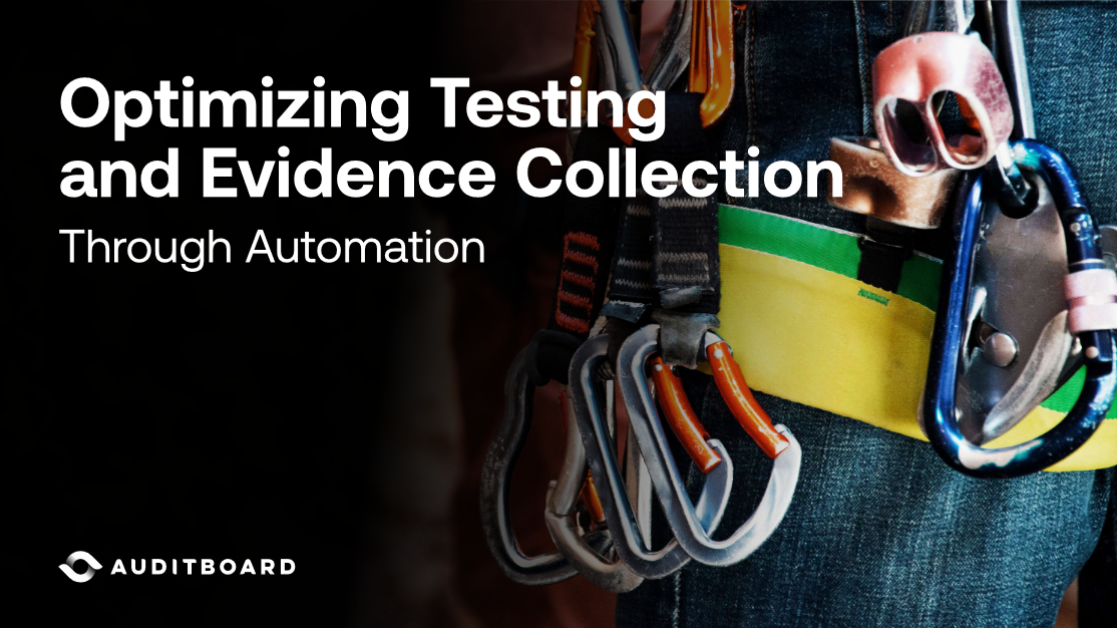 Control testing and evidence collection can be burdensome not only for compliance and audit professionals, but also for the stakeholders they engage with. Teams can save time, improve consistency, and move closer to real-time results by designing automations to perform testing or collect evidence.
Control testing and evidence collection can be burdensome not only for compliance and audit professionals, but also for the stakeholders they engage with. Teams can save time, improve consistency, and move closer to real-time results by designing automations to perform testing or collect evidence.
The most important consideration for your compliance program is your controls inventory (or controls library). A clearly organized controls inventory should provide traceability to your frameworks, requirements, and assets, allowing you to scope your assessments with ease. Traditionally, control inventories are built from a spreadsheet-based risk and control matrix. However, this method often yields data inconsistencies, especially when users forget to update their data, which can lead to repeating inconsistencies throughout the spreadsheet.
Building your controls library using a connected risk solution helps to establish an organized database where your controls can be inventoried by asset owner and framework — a dependency for any optimization you build into your testing program thereafter. Automating any process depends on having complete jurisdiction over your assets and their underlying data structures, otherwise, there will be breaks in the linkage between your data points as they start to change. An integrated compliance management solution is one of the best available means to ensure your data is organized in a meaningful and reliable manner.
“Optimizing Testing and Evidence Collection With Technology” by John Volles of AuditBoard explores some common questions to ask when approaching automation and ways to begin optimizing your processes. Get your copy today!
